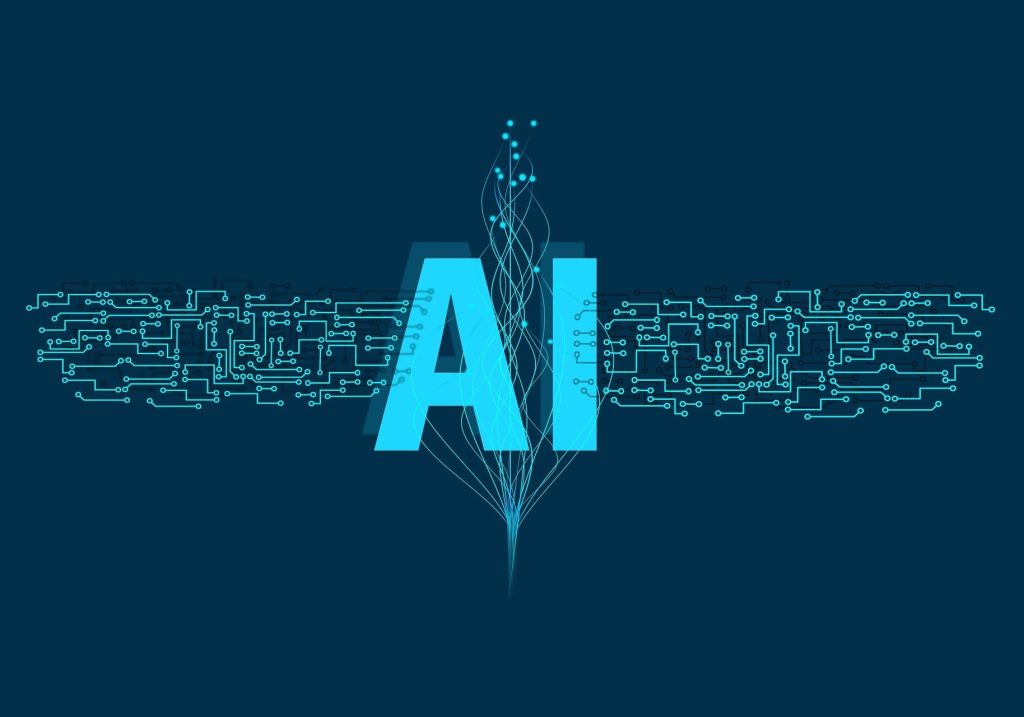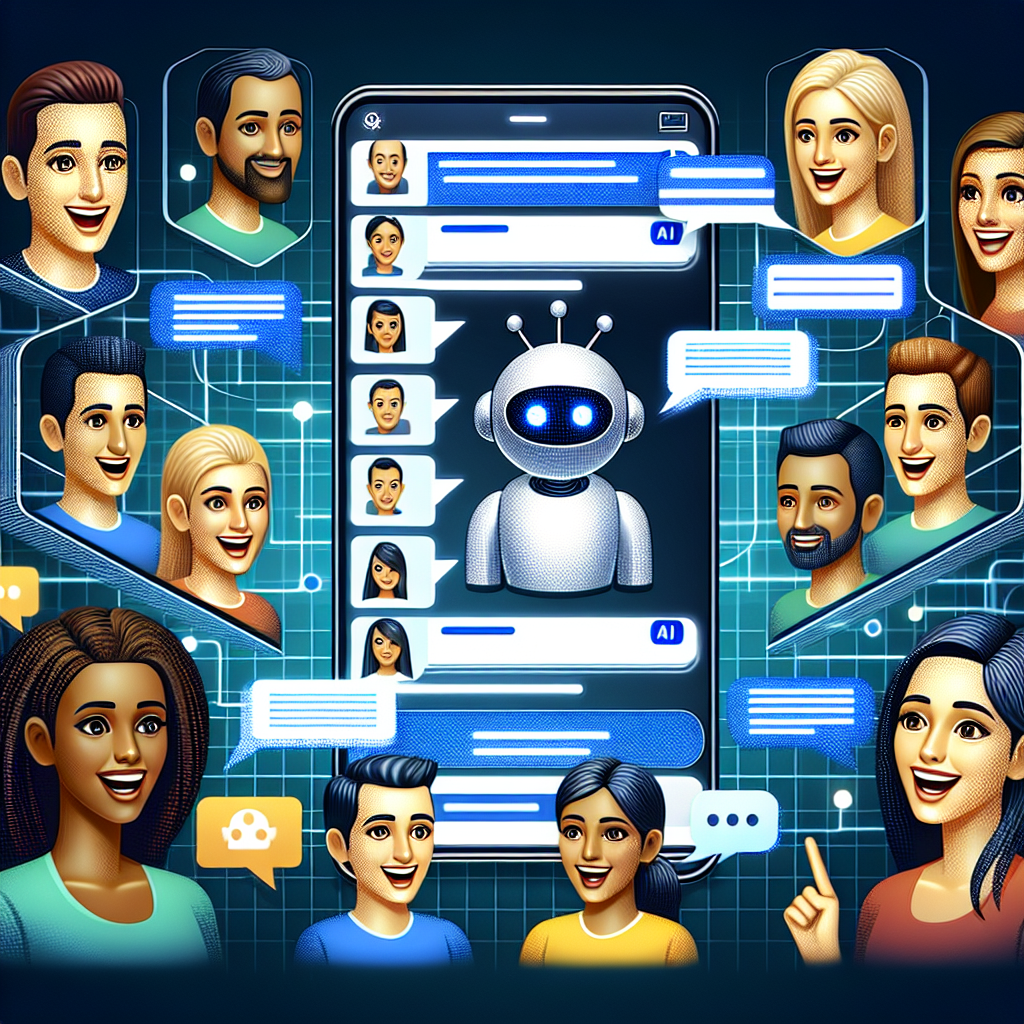
Welcome to the captivating world of AI chatbots! If you're new to this technology, understanding the basics is the first step towards harnessing its potential. AI chatbots, at their core, are software applications that simulate conversations with human users. They do this by employing natural language processing (NLP) to comprehend user inputs and machine learning to improve interactions over time.
For beginners, it's essential to grasp how these digital assistants can streamline customer service, automate tasks, and provide round-the-clock support. Unlike standard programs, AI chatbots have the ability to learn and adapt from each interaction, which makes them increasingly efficient. They're not just programmed responses but are designed to understand the context and nuances of human language.
Building an AI chatbot requires a clear understanding of its intended purpose. Whether it's for handling customer inquiries, providing recommendations, or even for internal use within a company, the design and training of your chatbot will be crucial for its success. By taking part in our Learn AI Chatbot Course, you'll be equipped with the knowledge to create a chatbot that aligns with your business needs and enhances user experience.
Stay tuned as we dive deeper into the intricacies of AI chatbots, including their components, how they operate, and the benefits they can bring to your business. And remember, if you feel like you need a more personalized learning experience, we offer one-on-one sessions to give you a comprehensive understanding of AI chatbots tailored to your pace and style.
The Benefits of Integrating AI Chatbots in Your Business

The integration of AI chatbots into business operations can result in a transformation of customer service and overall efficiency. One of the most significant advantages is the ability to offer instantaneous responses to customer inquiries, regardless of the time of day. This ensures that your customers are not left waiting and can help improve customer satisfaction and loyalty.
Another key benefit is the scalability that AI chatbots provide. As your business grows, the chatbot can handle an increasing volume of interactions without the need for additional staff. This can lead to substantial cost savings and allows your human employees to focus on more complex and nuanced tasks that require a personal touch.
Moreover, AI chatbots can gather and analyze vast amounts of data from interactions, offering valuable insights into customer behavior and preferences. This data-driven approach can inform your marketing strategies and product development, leading to more targeted and effective campaigns.
From a technical standpoint, AI chatbots can seamlessly integrate with various business systems and platforms, creating a cohesive ecosystem that enhances the user experience. They can also be programmed to perform a range of functions, from answering FAQs to guiding users through a purchase process or booking system.
In the next sections, we will explore how to start building your own AI chatbot, including the essential steps and best practices to ensure its success in your business strategy. So keep reading to discover how you can create an AI chatbot that not only meets but exceeds your business objectives.
Choosing the Right Platform for Your AI Chatbot

Deciding on the most suitable platform for your AI chatbot is a crucial step that can dictate the effectiveness and reach of your digital assistant. The choice often depends on the specific needs of your business and the demographics of your target audience. A variety of platforms exist, ranging from social media messengers to proprietary website chatbots.
For those targeting a younger audience, integrating an AI chatbot within social media platforms like Facebook Messenger or WhatsApp may prove beneficial. These platforms offer a familiar interface for users and can facilitate casual interactions that could lead to better engagement.
Conversely, if your focus is providing detailed customer support, a chatbot on your website or mobile app might be the ideal choice. These chatbots can be customized to a greater extent and can leverage existing user data to provide a more personalized experience.
The technical infrastructure is also a key consideration. It is essential to choose a platform that supports the complexity of your chatbot's intended functions. Some platforms are better suited for straightforward Q&A chatbots, while others can support more sophisticated AI capabilities, such as natural language processing and machine learning for an enhanced conversational experience.
Finally, consider the integration capabilities of the platform. Your AI chatbot should be able to connect with your CRM, analytics tools, and other backend systems to ensure seamless operations and data synchronicity across all business functions.
By carefully evaluating the platforms available, you can ensure that your AI chatbot is accessible to your target audience and fully equipped to meet your business objectives. The next section will delve into the design and development process to help you bring your AI chatbot to life. We will also provide you a video where you can take a course on how to build AI Chatbot and use the power of AI to make money.
Designing Your First AI Chatbot: A Step-by-Step Approach
Embarking on the journey of designing your first AI chatbot can be an exciting challenge. A well-thought-out approach is key to creating a chatbot that not only serves its purpose but also provides a delightful user experience. Start by defining the goals of your chatbot. What do you want it to achieve? Whether it's handling customer service inquiries, guiding users through a purchase process, or providing information, clear objectives will steer the direction of your design.
Next, map out the conversation flows. Visualize how interactions with users might unfold and create a script that your chatbot will follow. This is where you decide how the chatbot will greet users, the types of questions it will ask, and how it will respond to different inputs. Remember to design for various scenarios, including how the chatbot will handle unexpected inputs or redirect users when it can't provide an answer.
Personalization is also a critical component. A chatbot that can use a person's name or reference past interactions can greatly enhance the user experience. Incorporating machine learning allows your chatbot to learn from past conversations and improve over time.
Once you have a robust script, choose the right development tools and platforms that support your design. There are many no-code and low-code platforms that are beginner-friendly and can help you bring your script to life without extensive technical knowledge.
Before launching, testing is crucial. Start with a small group of users to gather feedback and make necessary adjustments. Testing ensures that your chatbot functions correctly and is capable of handling real-life interactions smoothly.
With these steps, you can systematically design your first AI chatbot, ensuring it is well-equipped to engage users and fulfill its intended purpose. The subsequent section will focus on how to build and integrate your chatbot into the chosen platform for optimal performance.
Training AI Chatbots: Best Practices for Beginners

Training AI chatbots is akin to educating a new employee. The quality of the training directly impacts the chatbot's effectiveness in handling real-world conversations. For beginners, understanding the best practices can make this process more efficient and lead to better-performing chatbots.
Firstly, it is essential to gather a diverse set of training data. This data should cover a wide range of possible user inputs and intents. Having varied data helps the chatbot to recognize and respond to a broader array of user queries accurately.
Frequent and iterative training sessions are crucial. Just like humans, AI chatbots learn from repetition and reinforcement. Regularly update the chatbot with new data, especially correcting any mistakes it may have made in previous interactions. This continuous learning process is facilitated by machine learning algorithms that allow the chatbot to improve over time.
It's also important to involve human oversight in the training process. AI chatbots benefit from the nuanced understanding that humans have of language and context. Reviewing chat logs and providing corrective feedback can guide the chatbot towards more natural and appropriate responses.
Lastly, simulate real conversation scenarios during training. This involves creating mock dialogues or using role-play to test the chatbot's responses in a controlled environment. These simulations can reveal gaps in the chatbot's understanding and provide insights into how it might perform in live interactions.
By adhering to these best practices, beginners can train AI chatbots more effectively, paving the way for sophisticated digital assistants that are capable of offering valuable support and engagement to users. The next section will delve into the importance of monitoring and maintaining your AI chatbot post-deployment to ensure its continued success.
Measuring the Success of Your AI Chatbot

Once your AI chatbot is up and running, it's crucial to measure its performance to ensure it is meeting your business objectives. Several key metrics can be used to gauge the success of your chatbot.
User satisfaction is paramount, often measured through surveys or direct feedback mechanisms. Monitor the conversation abandonment rates closely; a high rate may indicate that users are not getting the answers they need. Response accuracy is another critical metric, reflecting whether the chatbot understands user queries and provides correct information.
Another important consideration is the chatbot's ability to handle the volume of interactions. Look at the number of conversations the chatbot is managing and whether it's able to maintain performance levels during peak times. This will help to ensure scalability as your user base grows.
Analyze the conversion rates if your chatbot is designed for sales or lead generation. Higher conversion rates indicate the chatbot’s effectiveness in guiding users through the sales funnel. Finally, keep an eye on the cost savings and return on investment (ROI) provided by the chatbot, as they are tangible indicators of the chatbot's value to your business.
Remember, continuous evaluation and refinement are the keys to maintaining an effective AI chatbot. If you're ready to optimize your chatbot's performance or need guidance on getting started, our Learn AI Chatbot Course is the perfect resource. We provide detailed insights and hands-on experience to help you build and refine powerful AI chatbots tailored to your needs.
As AI technology evolves, so should your chatbot. By consistently tracking these metrics and applying the insights gained, you can ensure that your AI chatbot remains a dynamic, valuable asset to your organization.








